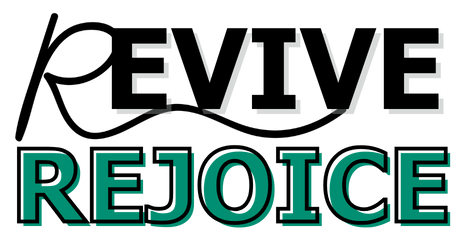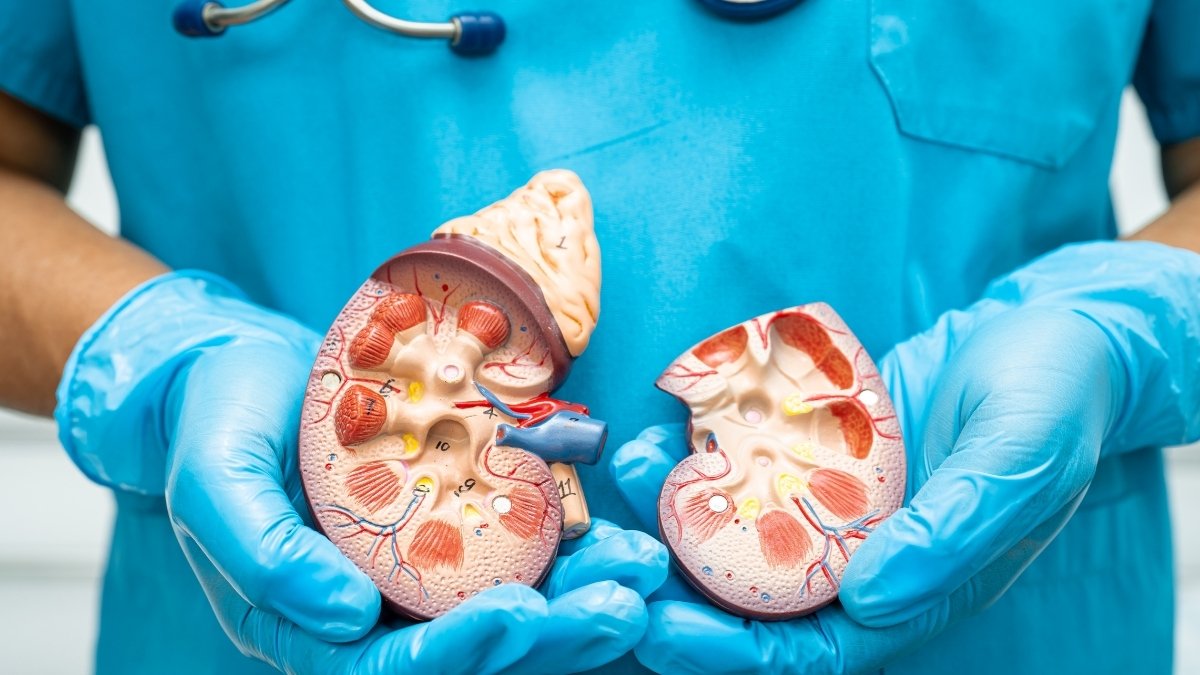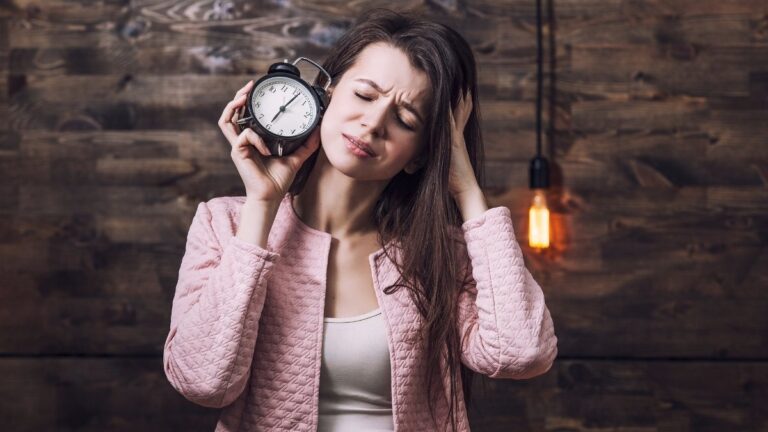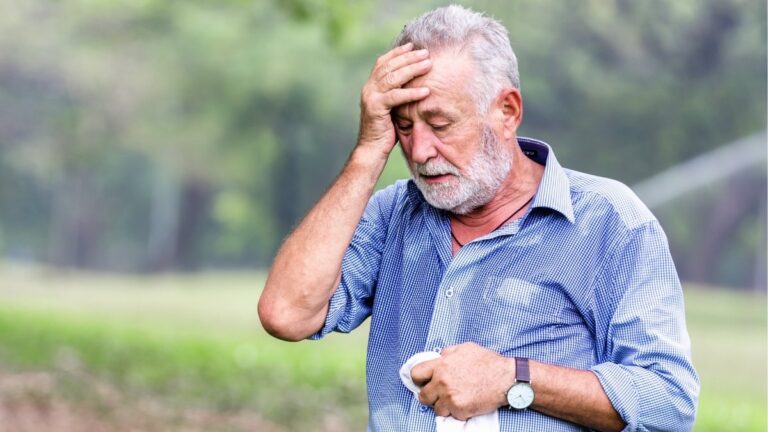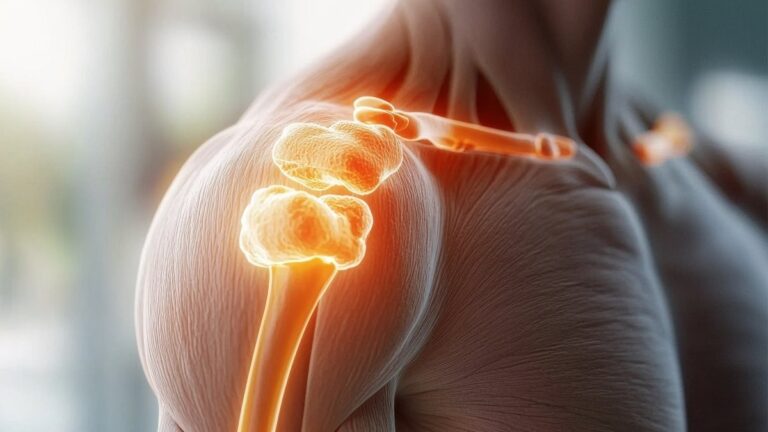Prostate Health Starts at 30: 5 Symptoms Men Ignore (Urologists Talks)
Dr. Michael Chen, a leading urologist at Johns Hopkins, sees it every week: men in their 40s shocked to learn their prostate problems started a decade earlier.
Most men believe prostate health is an “old man’s problem,” but urologists know the truth – the foundation for prostate health 30s is laid right now.
This article reveals five subtle early prostate symptoms that signal changes before they become serious, explains why prostate health begins decades before most men think, and provides evidence-based prevention strategies from leading specialists. You’ll also discover when to seek urologist advice before it’s too late to prevent complications.
🎯 The 30s Prostate Reality
Silent changes start
Act now or manage later
Problems become visible
🛡️ Your 30s Prevention Protocol
Diet Changes
- Mon:Salmon with roasted vegetables
- Tue:Chicken and lentil soup
- Wed:Grilled fish with quinoa salad
- Thu:Turkey and vegetable stir-fry
- Fri:Bean and vegetable chili
- Sat:Baked chicken with sweet potatoes
- Sun:Fish tacos with cabbage slaw
15-Min Daily Routine
- Kegel exercises: 5 sec squeeze, 5 sec relax, repeat 10x
- Deep squats: 15 repetitions
- Bridge pose: Hold 30 seconds, repeat 3x
- Cat-cow stretches: 10 slow movements
Sleep & Stress
Bedroom: Cool and dark
No screens: 1 hour before bed
• 10 deep breaths when stressed
• Daily 10-minute walk outside
• 10-minute meditation
• Talk to friends/family
Research-Based Supplements
🩺 When to See a Urologist
Red Flag Symptoms – See Doctor Immediately
- Blood in urine or semen
- Severe pain while urinating
- Complete inability to urinate
- Fever with urinary symptoms
- Sudden, severe pelvic pain
📋 Appointment Preparation Checklist
Silent Symptom #1: The 3 AM Wake-Up Call (Nocturia)
You used to sleep through the night. Now you’re up at 3 AM, stumbling to the bathroom. Again.
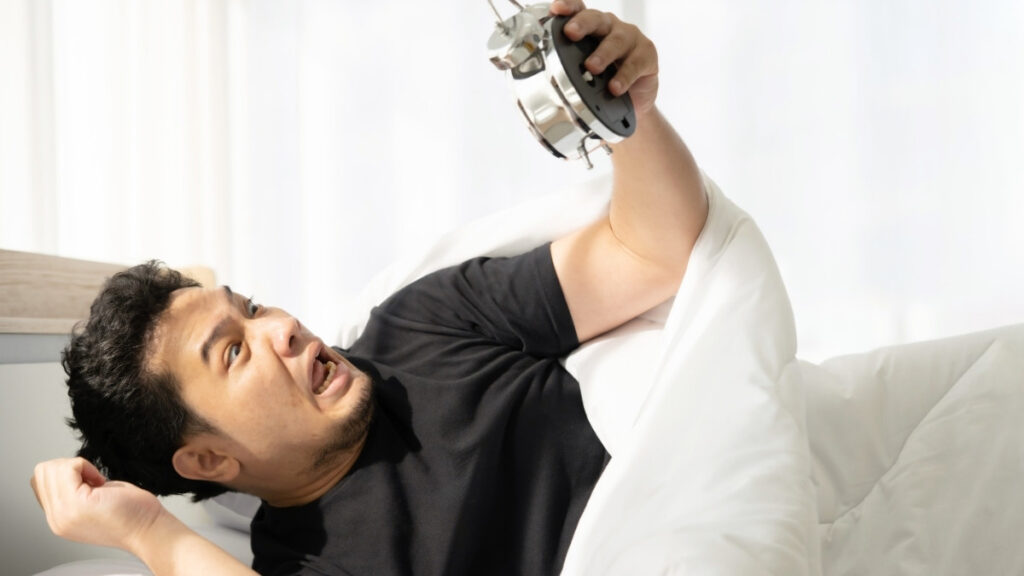
Most guys think this is normal. “I’m getting older,” they tell themselves. But if you’re under 40 and waking up to pee more than once a night, your prostate might be trying to tell you something.
What’s Normal vs. What’s Not
Healthy men should sleep 6-8 hours without bathroom breaks. One wake-up? That happens sometimes. But if you’re consistently getting up twice or more, that’s nocturia. And it’s one of the earliest signs your prostate is changing.
Here’s what happened to Jake, a 34-year-old marketing exec. Six months ago, he started waking up once a night. “No big deal,” he thought. By month three, it was twice. Now he’s up three times every night. His sleep is shot. His work is suffering. And his doctor just confirmed early prostate enlargement.
Why This Happens Early
Your prostate sits right under your bladder. As it starts to grow, it doesn’t block urine flow right away. Instead, it makes your bladder more sensitive. You feel like you need to go even when your bladder isn’t full.
This is different from age-related changes that happen after 50. Early prostate symptoms in men often show up as sleep problems first. Your body is working fine during the day. But at night, when everything relaxes, that extra pressure becomes obvious.
The Sleep Cascade Effect
Poor sleep from nocturia creates a domino effect. Sleep studies show men who wake up twice or more have:
- 40% higher stress hormones
- Reduced testosterone production
- Weaker immune systems
- Higher blood pressure
Your body needs deep sleep to repair itself. When nocturia keeps breaking that cycle, everything suffers.
When One Wake-Up Becomes a Red Flag
One bathroom trip isn’t cause for panic. But watch for these patterns:
- It happens 4+ nights per week
- You’re producing less urine but feeling urgent
- The timing is consistent (same hours each night)
- It’s getting worse over 2-3 months
These signs point to early prostate changes, not just random sleep disruption.
The Real Cost
Men waking 2+ times nightly have a 40% higher risk of developing serious prostate issues by age 50. That’s not just a statistic. That’s years of broken sleep, relationship strain, and health problems that could be prevented.
What This Means for You
If nocturia sounds familiar, you’re not imagining things. Your body is giving you an early warning. The good news? Catching prostate changes early means you have options. Simple lifestyle changes can often reverse early symptoms completely.
Don’t wait until you’re getting up four times a night. Your sleep matters. Your health matters. And recognizing nocturia in young men as an early prostate symptom could save you years of problems down the road.
Pay attention to that 3 AM wake-up call. It might be the most important alarm you’ve ever heard.
H2: “Silent Symptom #2: The Hesitant Stream (Reduced Flow)”
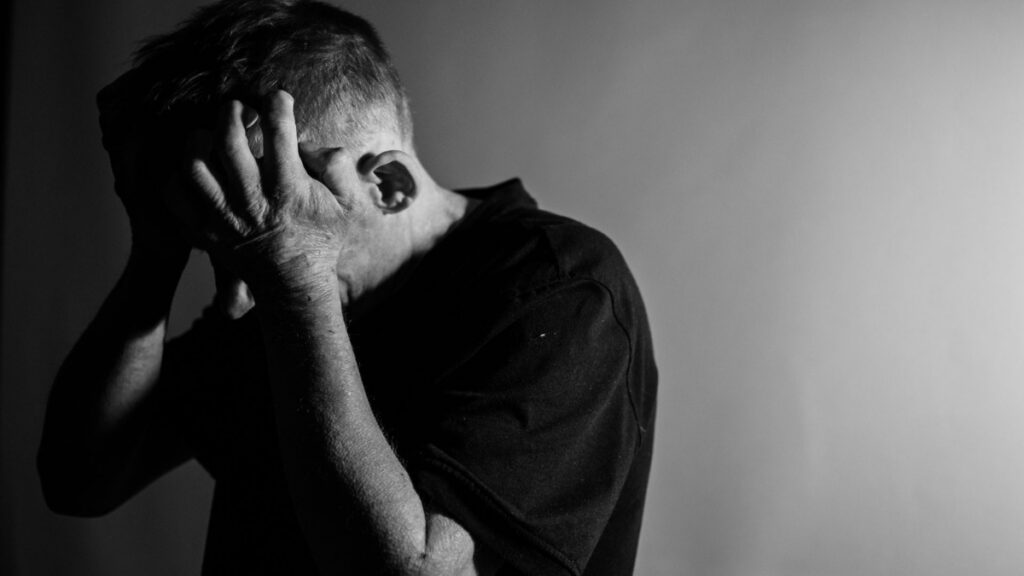
Urologist demonstration of flow measurement
Dr. James Rodriguez from Mayo Clinic uses a simple test called urodynamic testing. You pee into a special toilet that measures your flow. The machine creates a chart showing how fast your urine comes out.
A healthy 30-year-old should hit peak flows of 20-25 ml per second. If you’re hitting 15 ml or less, something’s changing. The chart shows a smooth curve that rises quickly and falls gently. Early prostate issues create a flattened curve – like a hill instead of a mountain.
Comparison charts: Normal vs. early dysfunction
Normal Flow Pattern:
- Quick start (under 10 seconds)
- Strong, steady stream
- Peak flow: 20-25 ml/second
- Smooth stop with minimal dribbling
Early Dysfunction Pattern:
- Delayed start (15+ seconds)
- Stop-and-start stream
- Peak flow: 15 ml/second or less
- Prolonged dribbling at end
Home monitoring techniques
You can check this yourself with the “stopwatch method.” Time how long it takes to empty your bladder completely. Do this three times over a week when you’re relaxed.
A full bladder (you’ve held it for 2-3 hours) should empty in 45-90 seconds for most guys. If you’re consistently over 90 seconds, your flow needs attention.
Watch for these signs: You start, stop, then start again. The stream splits into two directions. You have to push or strain to get things going.
Expert Insight: “Most men don’t notice a 20-30% flow reduction – but that’s when intervention is most effective.” – Dr. James Rodriguez, Mayo Clinic
H2: “Silent Symptom #3: The Incomplete Empty (Post-Void Residual)”
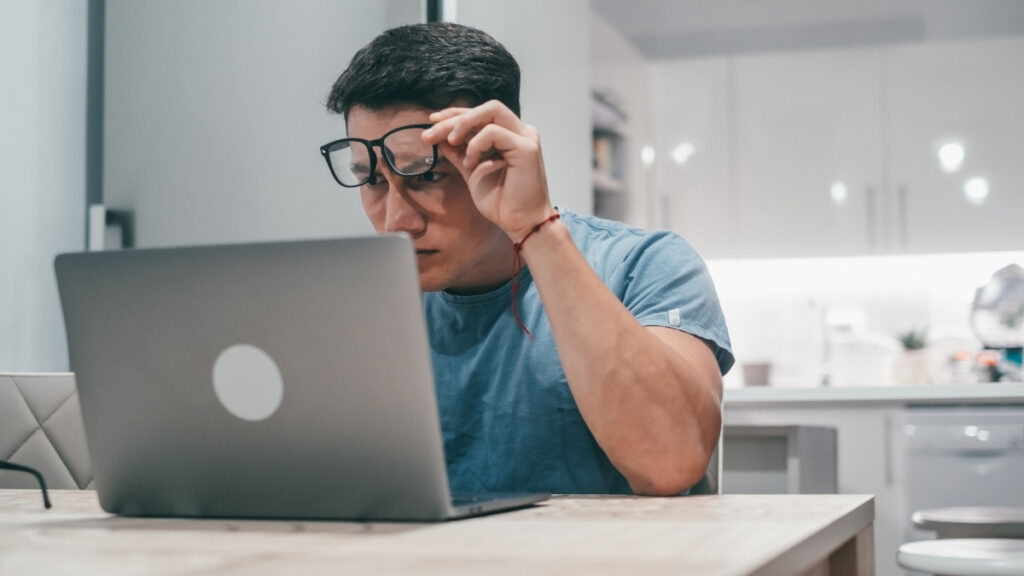
Real-World Examples:
Office worker bathroom habits
Jake, a 32-year-old software developer, started getting UTIs twice a year. He blamed it on long work hours and not drinking enough water. The real culprit? He was retaining 60 ml of urine after every bathroom trip.
You’re in a meeting and excuse yourself to use the bathroom. Twenty minutes later, you need to go again. People notice. You feel embarrassed.
Athletic performance impacts
Mark, a marathon runner, felt like he needed to pee 15 minutes into every long run. His bladder wasn’t actually full – it was just irritated by the leftover urine sloshing around.
Travel and social situation challenges
You’re in an airplane bathroom trying to pee quickly. You feel done, but your bladder is still 25% full. Three hours later, you desperately need another bathroom break.
Medical Context:
Here’s what happens: Your bladder squeezes to push urine out. Your prostate sits right below your bladder like a donut around a straw. When the prostate gets irritated or swells slightly, it doesn’t coordinate perfectly with your bladder anymore.
This problem grows slowly. First, you retain just a little urine. Maybe 10-15 ml – less than a tablespoon. But over months, that leftover urine increases.
Self-Assessment Technique:
You can test this yourself with the “double void” technique. Pee normally. Wait 5-10 minutes. Try to pee again. If more than a few drops come out, you’re not emptying completely.
Another sign: You pee, wash your hands, and feel the urge again before leaving the bathroom.
H2: “Silent Symptom #4: The Burning Question (Mild Dysuria)”
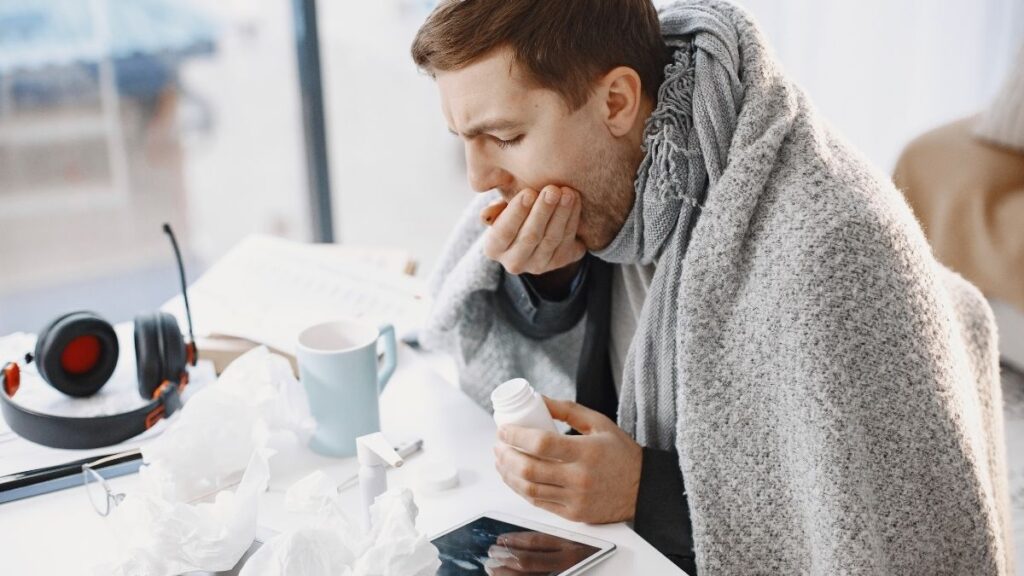
Medical Context:
Prostatitis vs. early BPH symptoms
Your prostate can get mildly inflamed without a full infection. Think of it like a low-grade irritation – similar to how your throat might feel scratchy before you get sick.
This inflammation affects your urethra – the tube that carries urine out. The tube gets slightly irritated. Urine passing through creates a mild burning sensation.
Inflammatory markers in young men
Blood tests look for inflammatory markers. PSA levels might be slightly elevated – not high enough to worry about cancer, but higher than baseline.
Treatment response differences
UTIs clear up quickly with antibiotics. Prostate inflammation responds better to anti-inflammatory approaches – diet changes, stress reduction, pelvic floor exercises.
Distinguishing Features:
UTI Symptoms:
- Constant burning
- Urgency and frequency
- Cloudy urine
- Strong smell
- Comes with other symptoms
Prostate Inflammation:
- Intermittent burning
- Comes and goes unpredictably
- Clear urine
- Often happens alone
- Triggered by food/stress
Dietary Triggers:
Food and drinks trigger this more than you realize. Spicy foods, alcohol, and caffeine irritate an already sensitive prostate. Your Saturday night hot wings might cause Sunday morning burning.
Watch for patterns in your burning. Does it happen after certain foods? During stressful weeks at work? After long car rides?
H2: “Silent Symptom #5: The Pressure Point (Pelvic Discomfort)”
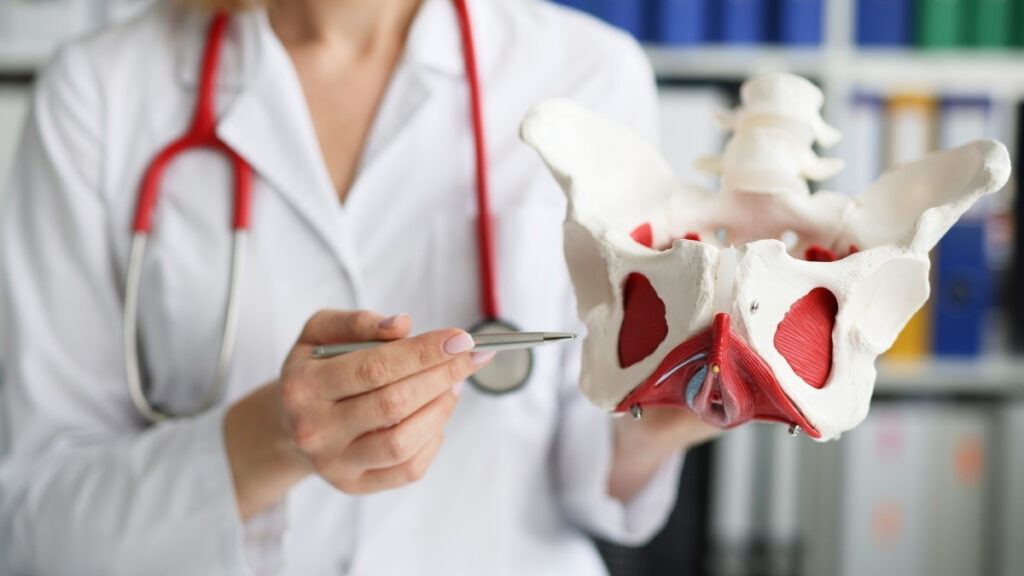
Specific Scenarios:
Desk job workers’ experiences
Tom, a 29-year-old accountant, started noticing discomfort during busy season. Long days in the same chair created a nagging pressure. He blamed his cheap office chair. The real issue was his prostate responding to prolonged sitting and stress.
You’re sitting at your desk for three hours straight, and suddenly you’re aware of your pelvic area. It’s not sharp pain – more like a dull awareness that something’s there.
Cyclists and pelvic pressure
The bike seat puts direct pressure on the perineum – the area between your genitals and rectum. If your prostate is already mildly irritated, cycling makes you very aware of it.
Post-workout symptoms
After intense workouts, some guys feel pelvic “fullness.” It’s not soreness from exercise – it’s deeper than that. The pressure comes from increased blood flow to an already sensitive area.
Progression Patterns:
Early Stage:
- Notice it only occasionally
- Maybe once a week during long work days
- Easy to ignore or dismiss
Middle Stage:
- More frequent awareness
- Several times per week
- Starts affecting daily comfort
Advanced Stage:
- Daily pelvic pressure
- Affects work productivity
- Disrupts sleep patterns
Medical Explanation:
Your prostate sits deep in your pelvis, surrounded by muscles and nerves. When it gets mildly irritated or swells slightly, it presses on nearby structures. This creates that vague pressure feeling.
Your pelvic floor muscles compensate by tensing up. This creates a cycle – tension leads to more tension.
Recognition Patterns:
- Worse when you’re stressed
- Better when you’re active and moving around
- Worse after long periods of sitting
- Better after warm baths or showers
Expert Quote: “Pelvic discomfort in your 30s is your prostate’s early warning system.” – Dr. Lisa Thompson, Cleveland Clinic
Conclusion: Prostate Health in Your 30s
Your prostate health journey doesn’t begin when problems become obvious – it starts right now, in your 30s, when prevention is still possible. The foundation you build today determines whether you’ll face serious complications down the road or enjoy decades of optimal urological wellness.
Remember the five silent symptoms that signal early changes: nighttime wake-ups, hesitant stream, incomplete emptying, intermittent burning, and pelvic pressure. These aren’t just minor inconveniences – they’re your body’s early warning system, giving you a crucial window to take action before issues escalate.
The research is clear: prevention is always more effective than treatment when it comes to prostate health 30s. The lifestyle modifications, dietary changes, and screening protocols outlined by leading urologists can dramatically alter your trajectory. Every day you delay is a missed opportunity to protect your long-term health.
Don’t wait for obvious symptoms. Schedule a baseline urological consultation and start implementing these prevention strategies today. Your future self will thank you for taking action now, when it matters most. Seek urologist advice – because the best time to address prostate health was yesterday, but the second-best time is right now.

